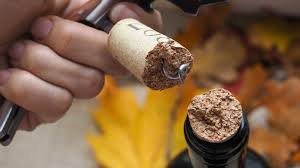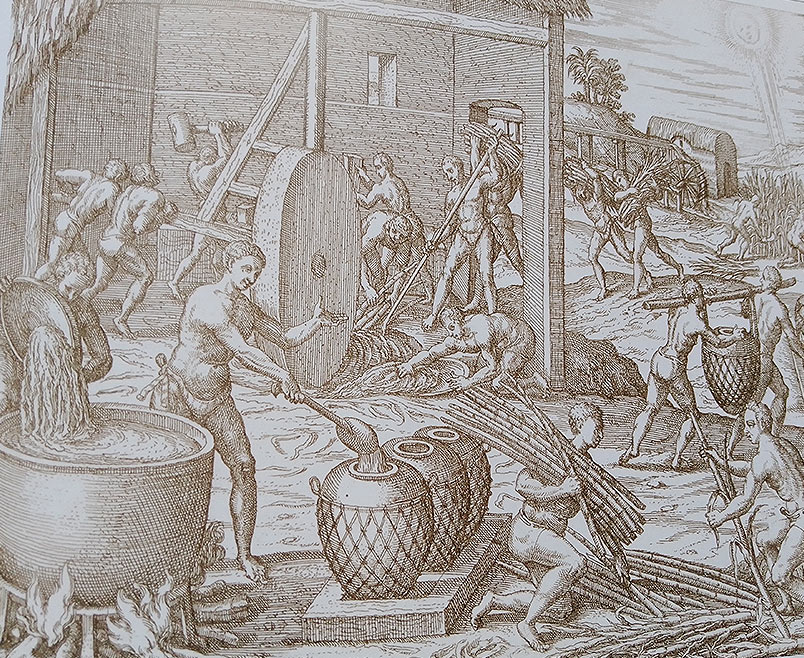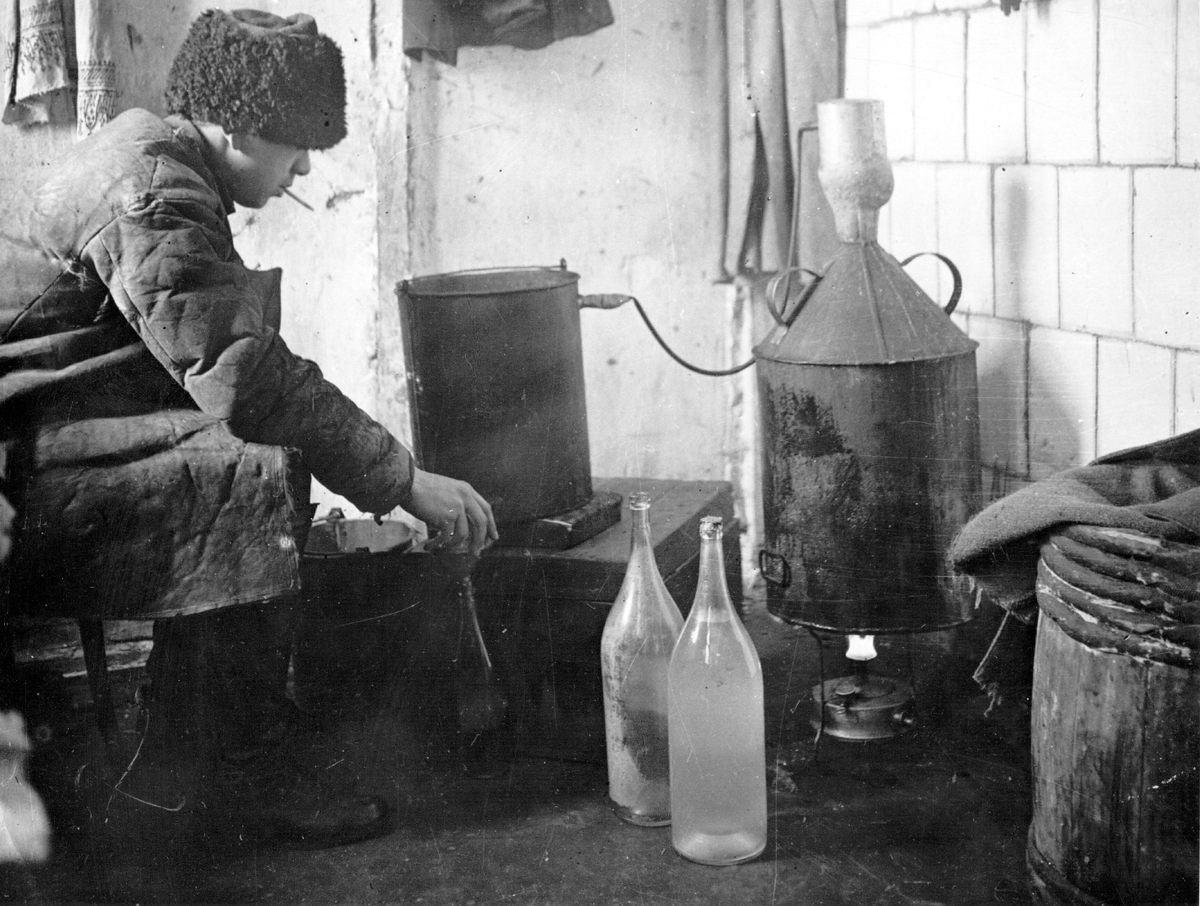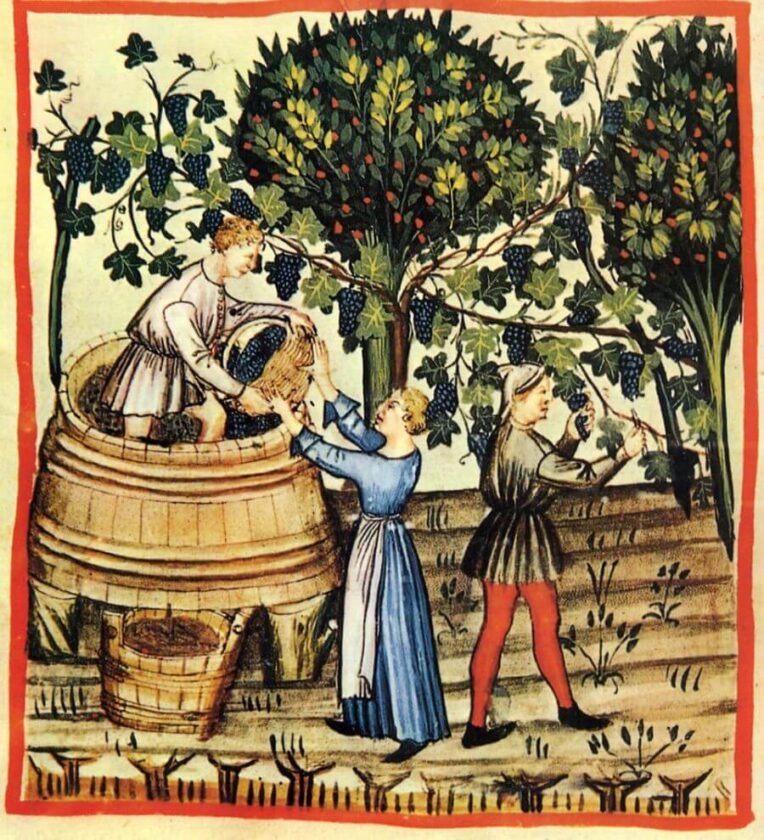Unveiling Wine Faults: Recognizing and Understanding Common Flaws.
- 2022-09-07 05:00:00

Wine, with its complexity and nuance, is a beverage cherished for its ability to delight the senses and evoke a myriad of flavors and aromas. However, like any agricultural product, wine is susceptible to a range of faults and flaws that can detract from its quality and enjoyment. From subtle nuances to unmistakable off-putting aromas and flavors, understanding and recognizing common wine faults is essential for both enthusiasts and professionals alike. Let's explore some of the most prevalent faults in wine and how to identify them.
- Cork Taint (TCA): Perhaps the most well-known and dreaded of wine faults, cork taint, caused by the presence of 2,4,6-trichloroanisole (TCA), imparts musty, moldy aromas and flavors to wine, often described as resembling damp cardboard or wet dog. Cork taint can occur when natural cork closures come into contact with chlorine compounds, mold, or other contaminants during processing. To identify cork-tainted wine, look for characteristic aromas of mustiness or mold on the nose, accompanied by a lack of fruit expression and muted flavors on the palate.
- Oxidation: Oxidation occurs when wine is exposed to air for an extended period, leading to the loss of fresh fruit flavors and the development of nutty, sherry-like aromas and flavors. Oxidized wine may appear brownish in color and exhibit aromas of dried fruit, nuts, and caramelized sugar. Common causes of oxidation include faulty closures, improper storage conditions, and prolonged exposure to oxygen during winemaking or bottling. To prevent oxidation, store wine in a cool, dark place away from direct sunlight and avoid excessive agitation or temperature fluctuations.
- Reduction: Reduction occurs when wine is deprived of oxygen during winemaking or aging, leading to the formation of sulfur compounds that impart unpleasant aromas of rotten eggs, burnt rubber, or struck matches. Reduction can occur in both red and white wines and is often associated with wines that have been aged in oak barrels or fermented with sulfur dioxide. To mitigate reduction, winemakers may employ gentle handling techniques, use minimal sulfur dioxide, or incorporate oxygen during fermentation or aging to promote healthy yeast activity and prevent the formation of sulfur compounds.
- Volatility: Volatile acidity (VA) refers to the presence of volatile acids, such as acetic acid, in wine, which can contribute to sharp, vinegar-like aromas and flavors. Excessive levels of VA can overwhelm the wine's fruit expression and impart a harsh, abrasive character. Volatility is often associated with microbial spoilage or poor winemaking practices, such as unsanitary conditions, insufficient sulfur dioxide, or high fermentation temperatures. To identify volatile wines, look for pronounced aromas of vinegar, nail polish remover, or pickled vegetables, accompanied by a sharp, acidic taste on the palate.
- Brettanomyces: Brettanomyces, or "brett" for short, is a type of yeast that can colonize wine and produce a range of undesirable aromas and flavors, including barnyard, horse sweat, and Band-Aid. While small amounts of brett can contribute complexity and depth to certain wines, excessive levels can overwhelm the wine's fruit expression and mask its varietal character. Brettanomyces contamination is often associated with unsanitary winemaking conditions, insufficient sulfur dioxide, or the use of contaminated equipment. To detect brettanomyces in wine, look for characteristic aromas of earthiness, leather, or animal musk, especially in red wines aged in oak barrels.
- Mousiness: Mousiness, also known as mouse taint, is a fault characterized by the presence of 4-ethylphenol, a compound that imparts a distinctive aroma and flavor reminiscent of mice cages or urine. Mousiness is caused by the growth of certain bacteria, such as Pediococcus and Lactobacillus, during fermentation or aging. While relatively rare, mousiness can occur in wines that have been exposed to unsanitary conditions or contaminated equipment. To detect mousiness, look for aromas of wet fur or rodent droppings on the nose, accompanied by a lingering, unpleasant aftertaste on the palate.
- Smoke Taint: Smoke taint occurs when grapes are exposed to smoke from wildfires or controlled burns, resulting in the absorption of volatile phenols that impart smoky, ashy aromas and flavors to the wine. Smoke-tainted wines may exhibit aromas of burnt wood, charred vegetation, or barbecue smoke, as well as a bitter, astringent taste on the palate. While smoke taint is difficult to detect in grapes, it can become more pronounced during fermentation and aging, making it challenging to remedy once the wine is made.
In conclusion, understanding and recognizing common faults in wine is essential for both producers and consumers to ensure the quality and enjoyment of the final product. By familiarizing yourself with the characteristics and causes of wine faults, you can better assess and appreciate the wines you encounter, identify potential flaws, and make informed decisions about storage, serving, and consumption. While wine faults may detract from the overall enjoyment of a wine, they also serve as a reminder of the delicate balance between nature, science, and artistry that defines winemaking. Cheers to embracing the imperfections and complexities of wine and savoring the diversity of flavors and experiences it has to offer!
Richard Parker, California
-
Recent Posts
-

Tequila, the elixir of agave, transcends mere libation to become a symphony of science, art, and alchemy. Join us on an expedition through the intricate world of tequila, where molecules mingle, flavors...
-

Rum, with its rich flavors and storied past, has woven itself into the tapestry of cultures and traditions around the world. From its origins in the sugarcane fields of the Caribbean to...
-

Vodka, with its clear, pure appearance and versatile nature, has a history as fascinating and diverse as the cultures that have embraced it. From its mysterious origins in Eastern Europe to its...
-

Whisky, with its complex flavors and rich heritage, has captured the hearts and palates of people around the world for centuries. From its humble beginnings in ancient civilizations to its global prominence...
-

Cider, with its crisp and refreshing taste, has a history as rich and diverse as the apples from which it's made. From its ancient roots to its modern resurgence, cider has been...
-

Wine, with its rich tapestry of flavors, aromas, and cultural significance, has been an integral part of human history for millennia. From its humble origins in ancient Mesopotamia to its global prominence...
-

Wine isn't just for drinking—it's also a versatile and inspiring medium for crafting and décor. Whether you're looking to add a touch of wine-inspired charm to your home or seeking unique gift...
-

There's no better way to explore the world of wine than by gathering friends and loved ones for a wine tasting party. Whether you're a seasoned oenophile or a curious novice, hosting...
-

Wine, with its complexity and nuance, is a beverage cherished for its ability to delight the senses and evoke a myriad of flavors and aromas. However, like any agricultural product, wine is...
-

Selecting the right wine glass can significantly enhance your enjoyment and appreciation of wine, allowing you to fully experience its aromas, flavors, and nuances. With a wide array of shapes, sizes, and...
-

Nestled in the picturesque hills of the Veneto region in northeastern Italy lies the charming town of Conegliano, renowned as the birthplace of Prosecco and the epicenter of Italy's thriving sparkling wine...
-

Champagne, the quintessential sparkling wine synonymous with celebration and luxury, is crafted through a meticulous and time-honored winemaking method known as the Méthode Champenoise. From grape to glass, the journey of Champagne...